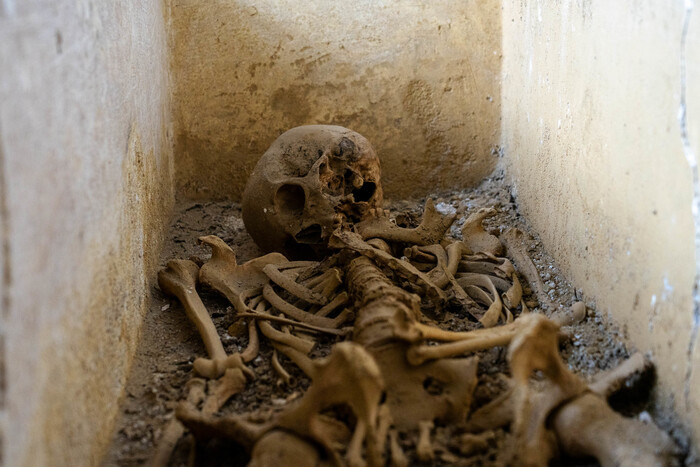A complex investigation and seizure activity carried out by the Carabinieri of the Nucleo Tutela Patrimonio Culturale, coordinated by the Perugia Public Prosecutor’s Office, unearthed numerous Etruscan artifacts found from clandestine excavations and deemed to be of “exceptional historical and artistic value.” In economic terms, the entire “treasure” was also estimated at 8 million euros.

Specifically, it consists of a vast array of grave goods, mostly belonging to the female culture. The hoard is rich in bronze and terracotta pottery used by Etruscan noblewomen during symposia, four bronze mirrors, one of which stands out for its distinctive iconography with the ancient deification of Rome and the she-wolf suckling only Romulus, a bone comb, and a balsam jar still containing traces of scented ointment.

Prominent among the finds are the eight lithic urns complete with funerary accoutrements dated to the 3rd century B.C. in an excellent state of preservation. The urns, all intact, are made of Umbrian white travertine, partly decorated with high reliefs of hunting scenes and also with polychrome friezes and gold-leaf coverings. These pieces feature Hellenistic-style statues of elegantly dressed noblewomen on the lids.
There are also two sarcophagi, one of which has the well-preserved skeleton of a deceased woman inside it. According to initial reconstructions by archaeologists, all the goods would be part of a single funerary context, a hypogeum tomb traceable to an important local family, the Gens Pulfna, and probably from an Etruscan necropolis in the Chiusi area.











